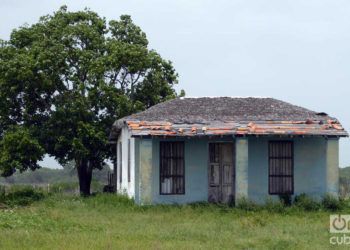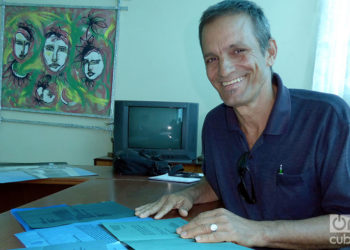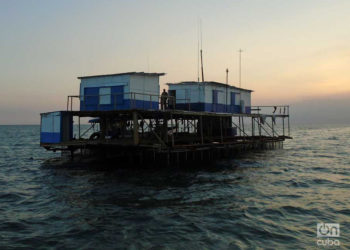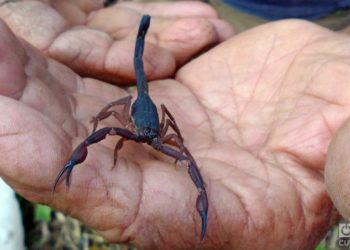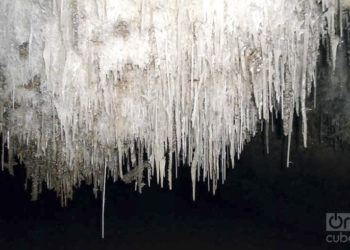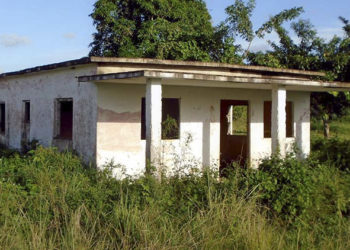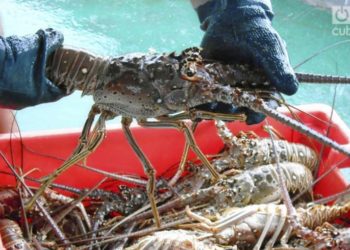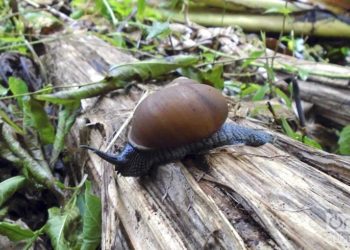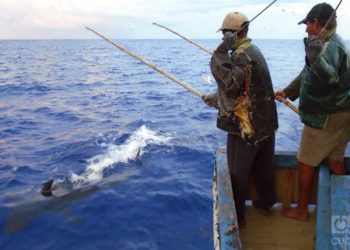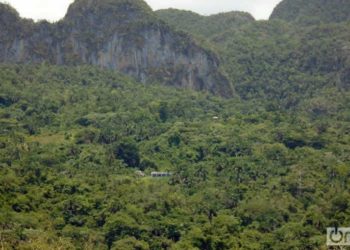The house of the spirits
"I only believe in what my eyes see and I do not tell lies, because I do not like to deceive people", warns Feliberto Cala Vidal before telling his story, in order to avoid suspicion. "I lived in that house for about a year with my wife, until one day I said: my old woman, I'm leaving, because I cannot continue here. I felt I was dying, that they did not want me, and if they did not accept me, I had to leave. "One night we were talking and I was very cold. I tried to move my arms and I could not do it. I tried to move my legs and I could not do it either. Then I saw a lantern moving through the air, glued to the wall. When it was about a meter high from the floor I said to my wife: turn on the light, and the lantern was suspended. Little by little it became dim, until it completely disappeared, and I began to get warm again. At his 67 years old, Feliberto has never been a man going around with stories of appearances. In fact, he had never noticed anything supernatural before moving...

